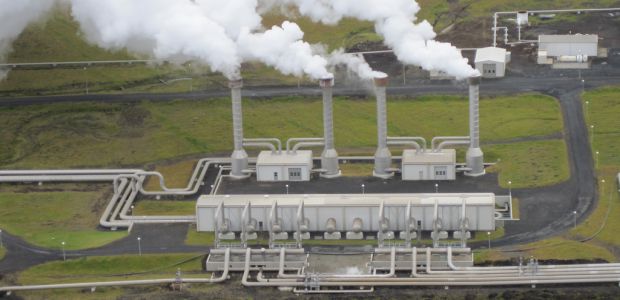Thirty of thirty-two geothermal fields discovered in Greece so far may be utilized to greatly support production and offer significant energy cost reductions in sectors such as farming, fish farming and processing, the energy ministry has pointed out in response to environmental and tourism sector concerns expressed by a main opposition party MP over plans for geothermal development on the island Nisyros.
The energy potential offered by these geothermal fields, whose enthalpy levels are low, can also be utilized to cover household, school and hospital heating needs, the ministry added in its response to intervention by conservative New Democracy party MP Manos Konsolas, representing the Dodecanese islands.
Despite the geothermal sector’s tremendous potential for development as a renewable energy source, just a small fraction is currently being utilized at present, primarily in fields such as alternative medical tourism, as a result of legislative obstacles, according to the ministry.
A new draft bill prepared by the energy ministry promoting geothermal development is now undergoing public consultation and is soon expected to be submitted to parliament for ratification. It includes strict climate change protection regulations intended to gain the trust of local communities for geothermal utilization as a renewable energy source.
Besides Nisyros, efforts are also being made to utilize geothermal fields at Methana – a peninsula in northeast Peloponnese – Lesvos, as well as the island complex of Milos, Kimolos and Polyaegos, the Aegean Sea’s largest uninhabited island.
Officials at PPC Renewables, behind these efforts, believe the reluctance, if not outright opposition, of residents on some of the islands to the geothermal plan will ease once islanders are fully informed of technological advancements in the sector, preventing environmental impact. Locals reacted back in the 1980s against an initiative for the development of a geothermal field on Milos.





